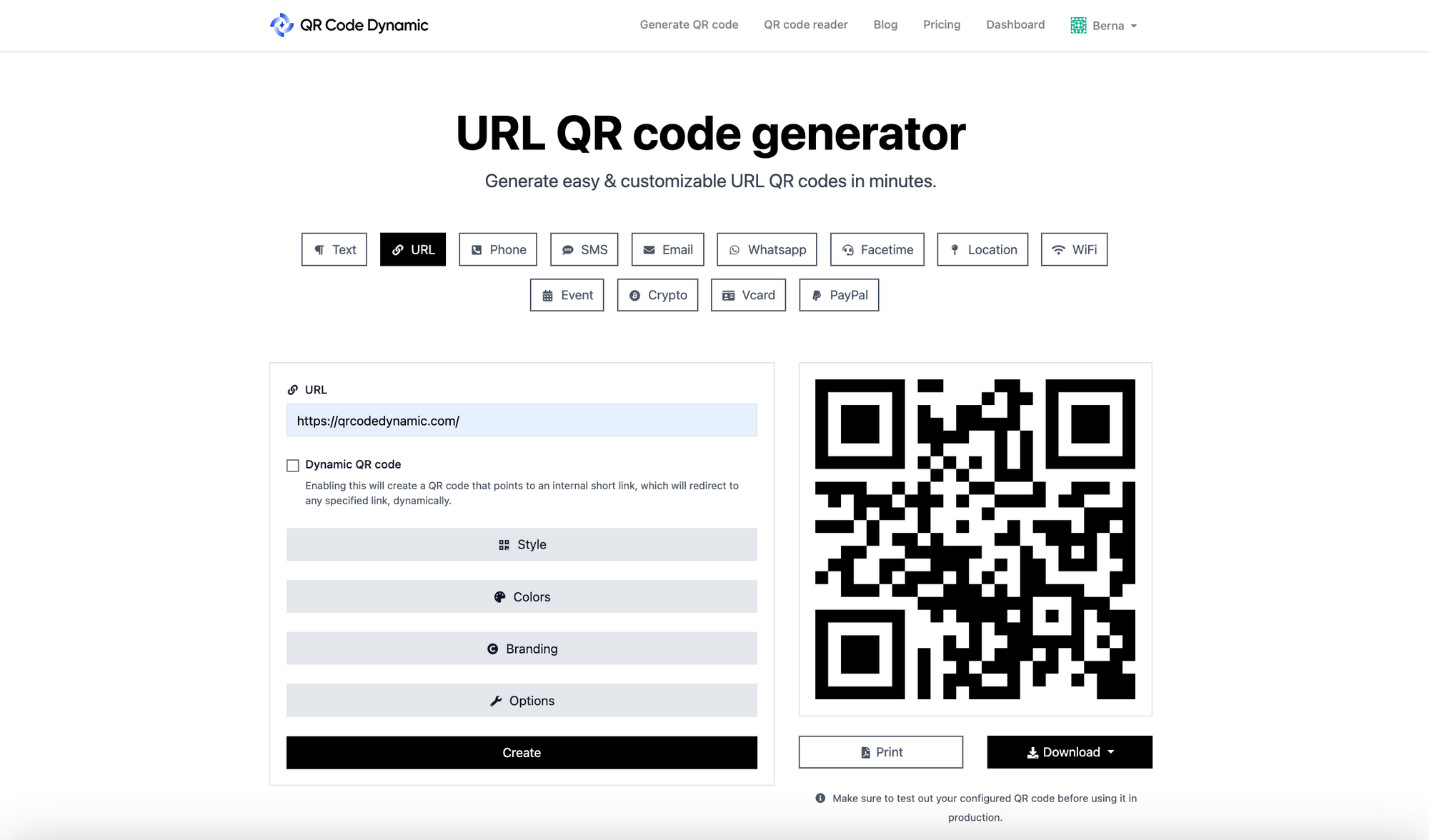Why a Loyalty System Is Essential for Raising Customer Retention Prices
Why a Loyalty System Is Essential for Raising Customer Retention Prices
Blog Article
Just How a Commitment System Can Drive Long-Term Organization Development
In today's competitive marketplace, the execution of a commitment system stands apart as a strategic strategy for fostering long-term service development. By efficiently incentivizing repeat acquisitions and cultivating brand name loyalty, companies can not only stabilize their income streams yet additionally acquire important insights right into customer habits. The success of such a system pivots on its style and execution, increasing essential concerns regarding what really makes a loyalty program effective. As we discover the subtleties of these systems, their effect on client interaction and general success warrants cautious consideration.
Advantages of Loyalty Programs

Additionally, commitment programs can enhance consumer understandings. By tracking acquiring habits and choices, organizations can collect valuable information that notifies marketing approaches and item offerings. This data-driven method enables tailored experiences, further strengthening customer partnerships.
Additionally, efficient commitment programs can enhance brand campaigning for. Satisfied customers who feel valued are more most likely to suggest the brand name to their peers, resulting in natural development via word-of-mouth marketing. Moreover, loyalty programs can develop a feeling of community around a brand name, urging consumers to involve with business on several levels.
Lastly, businesses that execute loyalty programs usually experience raised typical purchase values as clients look for to maximize their incentives. This complex strategy not only drives prompt sales but also establishes the foundation for long-lasting organization growth.
Creating an Effective Commitment System
Just how can organizations produce a commitment system that not only brings in clients yet additionally preserves them? The style of an efficient loyalty system rests on comprehending client choices and behaviors. Companies ought to gather information with surveys, purchase background, and comments devices. This information will inform the structure of the loyalty program, ensuring it lines up with customer expectations and desires.
Next, companies must supply significant incentives that resonate with their target audience. These could include price cuts, unique accessibility, or tailored experiences. A tiered benefits system can also motivate clients to involve even more deeply and raise their costs.

Enhancing Client Interaction
Engaging customers properly can significantly boost their link to a brand name and foster long-lasting commitment. A properly designed commitment system offers as a superb platform for improving client involvement by producing customized experiences that reverberate with specific choices. By using data analytics, organizations can customize interactions and incentives to satisfy the one-of-a-kind requirements of their consumers, making them feel valued and understood.
Integrating gamification components within commitment programs can significantly increase interaction. By introducing incentives, leaderboards, and challenges, brands can encourage customers to connect a lot more often and enthusiastically. This strategy not just enhances the customer experience however likewise produces a feeling of area among individuals.
Furthermore, leveraging numerous touchpoints-- such as social networks, e-mail, and mobile apps-- guarantees that customers stay linked to the brand have a peek at this website name. On a regular basis soliciting feedback through studies and evaluates additional deepens this interaction, permitting organizations to adjust their offerings based upon client input.
Eventually, boosting client engagement through a commitment system not only strengthens brand name affinity but likewise encourages repeat acquisitions, elevating overall service performance. By focusing on involvement techniques, brand names can cultivate long-term partnerships and significantly influence their development trajectory.
Gauging Commitment Program Success
To completely understand the benefits of improved client engagement, companies have to apply robust approaches for measuring the success of their commitment programs. Effective measurement begins with specifying clear objectives straightened with the total business approach. Usual goals consist of increasing consumer retention, improving ordinary transaction worth, and increasing client lifetime value.
Key performance signs (KPIs) play a pivotal role in this evaluation procedure. Metrics such as enrollment prices, redemption rates, and the regularity of member acquisitions offer important understandings. In addition, tracking consumer feedback through surveys can assist assess complete satisfaction levels and recognize areas for enhancement.
Analyzing client habits is just as important. Services can utilize information analytics tools to sector commitment program participants based on spending practices and engagement degrees, permitting targeted advertising strategies. This segmentation aids in recognizing which elements of the program resonate most with various customer demographics.
Study of Successful Programs
Many organizations have actually successfully carried out loyalty programs that not just boost consumer retention however likewise add substantially to overall growth. A noteworthy instance is Starbucks, which uses its incentives program to foster customer engagement. With over 25 million active participants, the program incentivizes acquisitions with stars that can be redeemed for totally free things, ultimately driving repeat visits and raising average invest per purchase.
An additional successful situation is Sephora's Appeal Expert program, which segments clients into tiers based on their spending. This structure not just compensates loyal clients with special advantages however likewise encourages them to boost their costs to view publisher site open greater rates. The program has confirmed efficient, adding to Sephora's remarkable profits growth and consumer loyalty.
Furthermore, Amazon Prime exemplifies a reliable commitment system that extends beyond traditional retail. By supplying benefits such as cost-free shipping, unique content, and streaming services, Amazon has seen substantial rises in subscription, resulting in greater consumer retention rates and boosted typical order values. These case studies illustrate the varied techniques organizations can employ to develop commitment programs that drive both customer fulfillment and long-lasting development.

Final Thought
In final thought, a well-structured commitment system serves as an essential system for promoting customer retention and boosting brand commitment, eventually driving lasting service development. The effective implementation of loyalty programs not just grows completely satisfied Homepage customers but also transforms them into brand name advocates, ensuring lasting success.
To fully recognize the benefits of boosted customer interaction, businesses should apply robust methods for determining the success of their loyalty programs (Loyalty System). Common objectives include boosting customer retention, enhancing average purchase worth, and increasing client life time worth
Numerous services have efficiently applied loyalty programs that not just improve consumer retention however likewise contribute substantially to general growth. These instance research studies illustrate the varied techniques companies can employ to create commitment programs that drive both client fulfillment and lasting development.
In verdict, a well-structured loyalty system serves as an essential mechanism for fostering client retention and boosting brand loyalty, ultimately driving lasting business growth.
Report this page